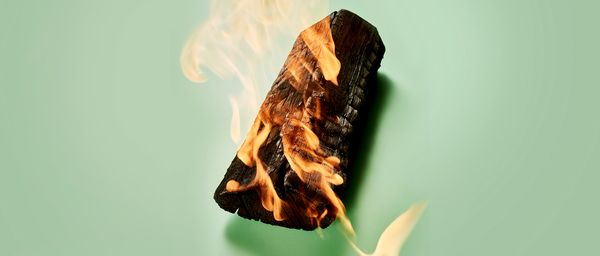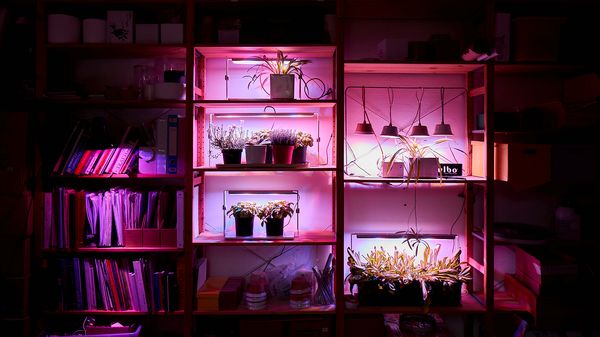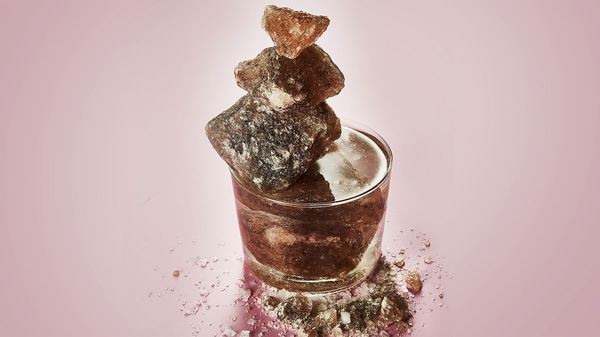
Since humans learned to control fire, they have been able to alter the texture, flavour and smell of foodstuffs. Our hottest cooking tips.
THE ELEMENT OF 1,000 POSSIBILITIES
What do fried potatoes, French fries and a creamy potato soup have in common? Well, the main ingredient is potato. But the cooking temperature and medium are different and this leads to three entirely different dishes being served at table. It doesn’t matter whether you cook with an electric hob, an induction cooktop, a gas cooker, an oven, a grill or even a campfire – everything is possible if you get the hang of regulating heat. The overriding aim: to make the inside and outside of the food attain the perfect cooking temperature simultaneously. The most important rule, according to Samin Nosrat, is to bear in mind that ice-cold products take longer to cook through. That’s why large joints should be taken out of the fridge 1−2 hours before the cooking starts. The process of after-cooking should be taken account of too. Especially protein-rich products, but also some vegetables, trap the heat inside for a long time and can be removed from the heat a little earlier.
"Extended, gentle heat will transform, or render, solid animal fats into pure liquid fats such as pork lard or beef tallow. In slow-cooked meats such as sage- and honey-smoked chicken, rendering fats essentially bastes food from within."
Samin Nosrat, cook and author of »Salt Fat Acid Heat«, Simon & Schuster
Gentle or intense
The ingredient and dish act as a guide when deciding how much heat to apply. If you are striving for crispy chargrilled flavours, higher temperatures are required when sautéing, frying and deep-frying in oil as well as grilling or roasting in a stone oven. The heat changes the molecular structure, denatures protein, converts starch to sweetness, sugar to caramel textures and salt, spices and animal amino acids to flavour agents such as umami. Gentler, purist methods include poaching (65 to 75°C), steaming and sous vide cooking (up to 100°C) or braising (below 98°C). They preserve vitamins and nutrients and are suitable for sensitive ingredients such as eggs, milk products, fish, seafood and crunchy vegetables. Braising, which is currently back in fashion, brings together various stages: first, the meat and the rest are sealed in a pan at a high temperature, then all the ingredients are left to simmer at low temperatures in their own juices for a long time.


